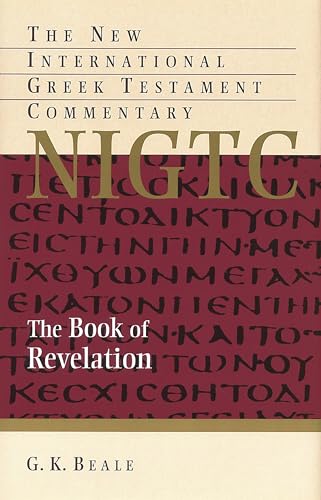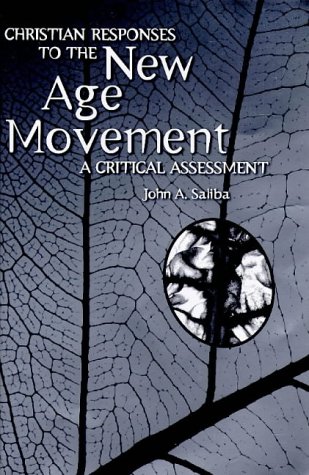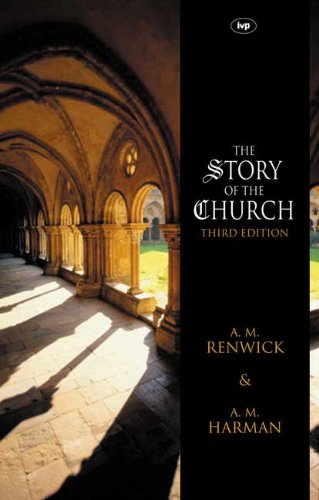The Book of Revelation, The New International Greek Testament Commentary
Written by Gregory K. Beale Reviewed By Dave MathewsonIn the past serious students of the book of Revelation have been well-served by the standard English-language works of Robert Mounce, George Beasley-Murray, George Ladd and more recently of course David Aune’s massive Word Biblical Commentary. With the exception of Aune these works are already at least two decades old, and although Mounce’s work has been updated and two or three valuable popular level commentaries on Revelation have recently appeared, the time is ripe for a new, comprehensive commentary on Revelation. Furthermore, with recent developments in such areas as genre criticism, socio-scientific criticism, linguistic theory and especially the increasing interest in the use of the OT in the NT, what is needed is a fresh, detailed analysis of Revelation which builds on past works, but which takes into consideration these recent developments. It would also be helpful if this analysis did not get too bogged down in the details of the text that it missed the overall purpose and flow of thought of the book. This need has now been admirably met with the appearance of the long-awaited commentary by Gregory K. Beale.
Beale’s commentary reflects the distillation of a lifetime of research and thinking on the book of Revelation. As the title of the series suggests, this book is mainly aimed at students familiar with NT Greek. Beale leaves virtually no stone unturned in his careful analysis of the text of Revelation, while interacting with a wide range of commentaries, monographs and articles in several different language. This commentary is a work of impressive scholarship and the size lends itself primarily to use as a reference tool. However, Beale’s work could also be useful to pastors and theological students. The author keeps most of the general analysis in larger type, and reserves the more technical discussion of grammar, textual criticism and interaction with other primary and secondary sources for smaller type. By focusing on the larger type, pastors and students can glean the general analysis and the primary theological points without getting too bogged down in exegetical detail. All students of Revelation would benefit from a careful reading of the sections on ‘The Use of the Old Testament in the Apocalypse’ and ‘Interpretation of Symbolism’.
Three things make Beale’s commentary distinct: First, he is concerned to concentrate on the theological message of Revelation. Second, he traces the argument of the book and is concerned to see each section in light of its broader setting. He traces the flow of thought of the book in a way that has not been done previously. Third and perhaps most significantly, he devotes much attention to the influence of OT allusions on Revelation. He also traces the use of the OT in rabbinic and apocalyptic works in order to discover possible exegetical traditions that may have influenced John’s appropriation of the OT. He insists that. John interprets the OT consistently with respect for its meaning in its OT setting. Time and again Beale demonstrates how a knowledge of the OT background for John’s statements is indispensable for interpretation. Therefore, when the seventh seal is finally opened in 8:1–2, the fact that there is silence does not mean that the seal is without content as most commentators assume. The OT background to the notion of silence suggests that it was the response to God’s judgement (Hab. 2:20; Zech. 2:13: Zeph. 1:7).
Beale’s approach to interpreting Revelation is a nuanced idealist approach after the tradition of the commentaries by J.P.M. Sweet, George Caird and William Hendrickson. In other words, Revelation’s symbols are transtemporal in that they are not to be tied down to any specific events, but refer to events throughout the entire church age. For example, the beast of Revelation 13 refers not only to the Roman Empire of John’s day, but it transcends the first century situation to signify the system of spiritual evil and oppression which manifests itself in successive world empires up until the second coming of Christ. Whether or not one agrees with all of his conclusions, Beale follows his interpretive method consistently throughout the entire commentary.
One of the most valuable aspects of Beale’s commentary is that the section headings for the outline of the commentary are not just analytical, but interpretative summaries of the various sections that they introduce. This should aid pastors and teachers in being able to summarise the overall meaning of each section of Revelation. Of course the reader will find various conclusions with which to disagree and there is a danger of getting lost in the maze of details contained in this work. But Beale has provided a valuable service to scholars, pastors and students in providing a commentary that should remain a standard for some time to come. This long-awaited commentary was certainly worth waiting for.
Dave Mathewson
Oak Hills Christian College
Bemidji, USA







